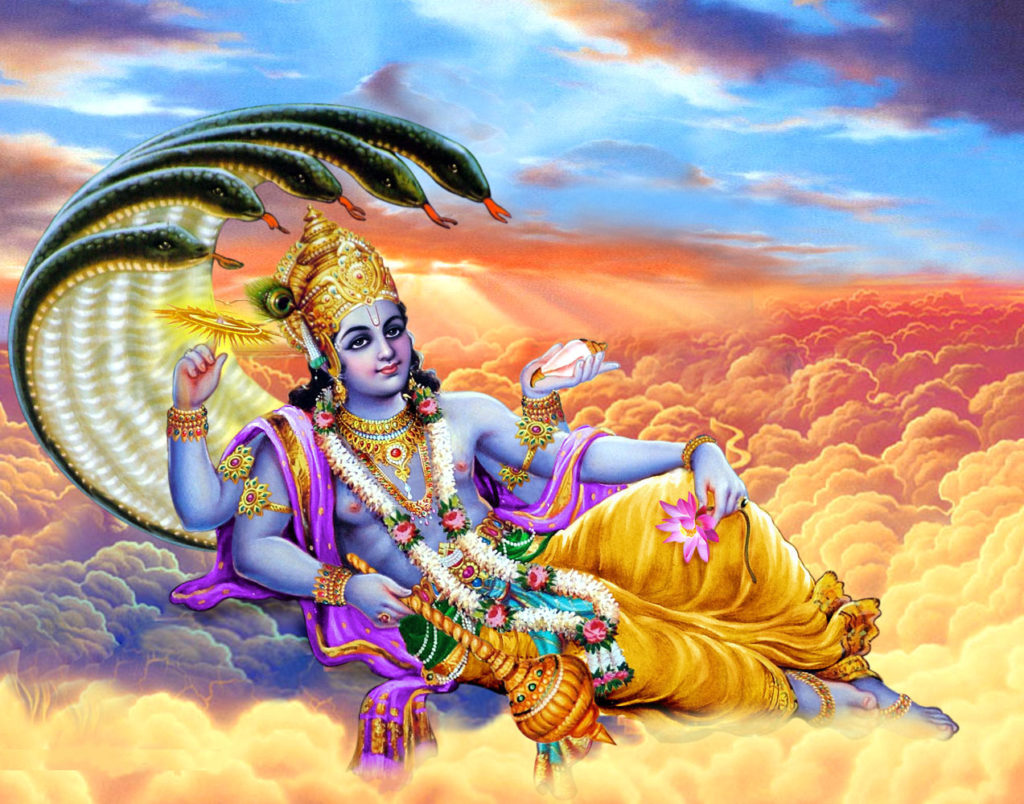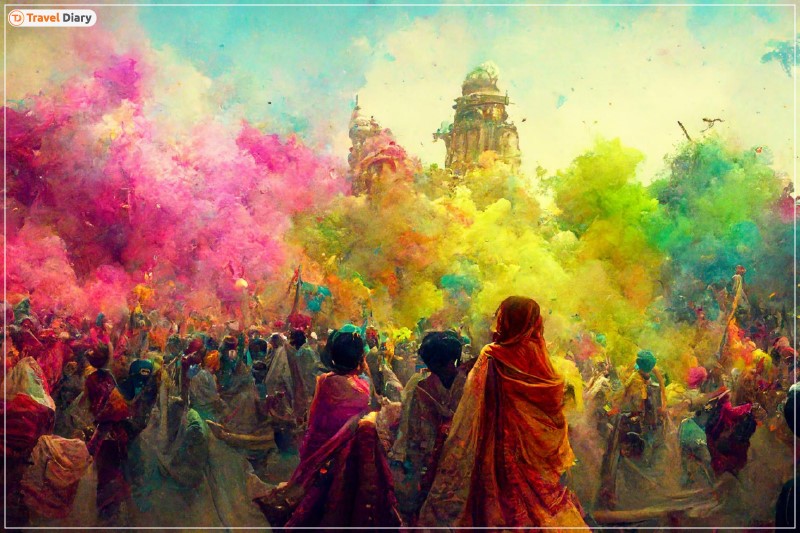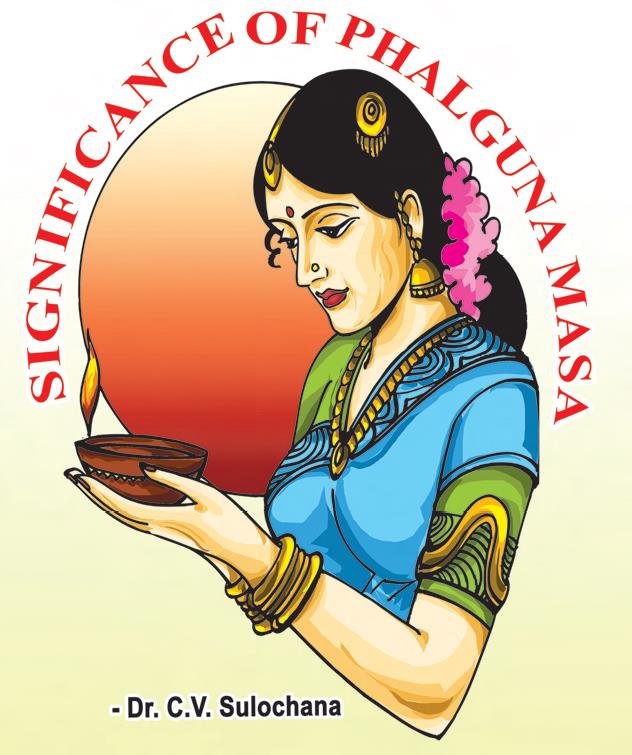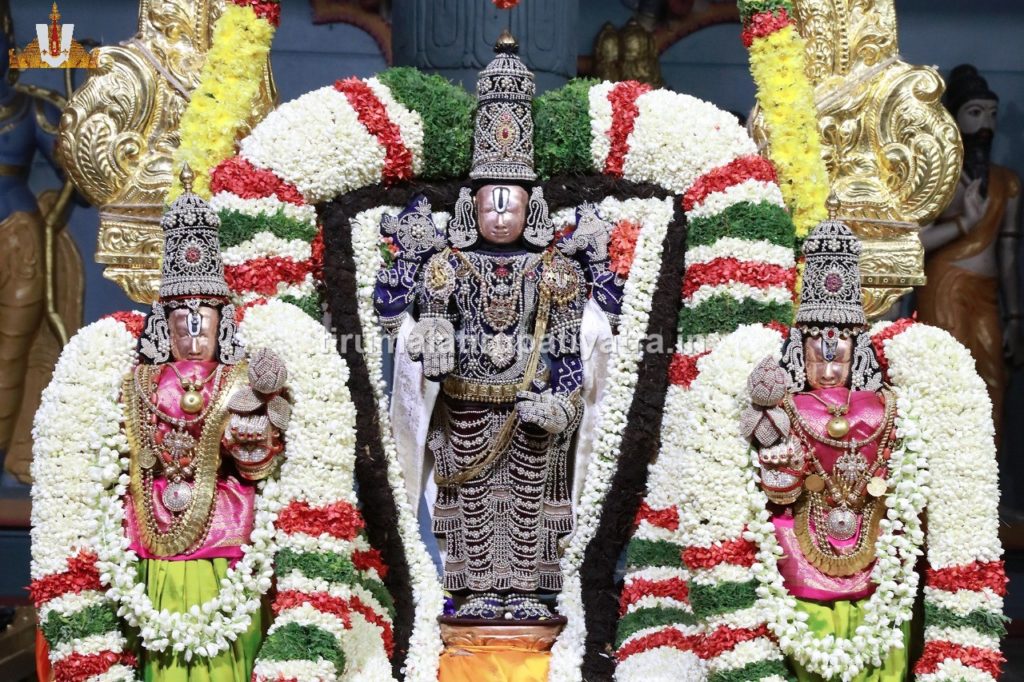Phalguna masa
Generally every month in our Hindu calendar is specified to a certain vow or worship. In that way, Phalguna masa is specified to the worship of Lord Maha Vishnu. Phalguna masa is the last month of the year according to the Telugu calendar.
As a full moon day occurs either in Purva Phalguni or in Uttara Phalguni during this month, it is called ‘Phalguna masa’.
Important Vows
There are two important vows, dedicated to Lord Vishnu in Phalguna masa. One is Ekadasi vratam and another is Payovratam.
Ekadasi Vratam
Usually, Ekadasi tithi (11th day) in every fortnight of every month is considered very auspicious for worshipping Lord Maha Vishnu. Overall there are 24 Ekadasis in a year and additionally two when adhika masa occurs. Each of these Ekadasis has a specific name and has its significance.

Amlaka Ekadasi & Vijaya Ekadasi
The suklapaksha (bright fortnight) Ekadasi of Phalguna masa is called Amlaka Ekadasi and the Krishnapaksha (dark fortnight) Ekadasi of Phalguna masa is called Vijaya Ekadasi.
Usually, the followers of Ekadasi vratam do fast on Ekadasi tithi and do parana on Dwadasi tithi. Parana means breaking the fast. The Sanskrit word for fast is ‘upavasa’. Upa means near and vasa means to stay. The complete meaning of upavasa is to sit or stay near God.
11 Organs in our body
Spiritually Ekadasi symbolizes the eleven organs in our body.
They are five jnanendriyas (sense organs) and five karmendriyas (action organs) and the mind. The followers of Ekadasi vratam should spend the whole day in Hari namasmarana by keeping these 11 organs in control and by consuming very little permitted food (milk and fruits). This is the real meaning of upavasa.
On the next day (on Dwadasi tithi) after sunrise they perform shodasopachara pooja to Lord Maha Vishnu and read vratakatha of the specific month. Then they take ordinary food after taking three spoons of Tulasi (basil) water. With this, the vratam will conclude for that month. This Ekadasi vratam can be continued as long as possible.
Payovratam
This vow is observed by married couples for progeny. It is also like Ekadasi vratam but it is observed for 12 days which starts on Phalguna Sukla Padyami and ends on Phalguna Sukla Dwadasi. During these days Lord Vishnu is worshipped along with Goddess Lakshmi Devi and offered Goksheerannam as naivedyam. On the last day homam (a sacred fire) is conducted at home by the priest.
Donations like cows, clothes, and money are also given to the Brahmins.
In Sanskrit, payas means milk. Payovratam means subsisting on mere milk. i.e. the observers of this vow take milk only as food during these days. According to Bhagavata Purana, this vow is observed by maa Adithi (the mother of gods) to propitiate Lord Vishnu. As a result of this vow, she got Vamana (the fifth incarnation of Vishnu) as her son.
Holi
One of the festivals that is being celebrated with pompous excitement is Holi, the festival of colors. It is celebrated every year on Phalguna Pournami.

Other Vows
In addition to these, some other vows are performed during Phalguna masa.
They are
- Phalguna sukla triteeya Madhooka triteeya vratam (dedicated to goddess Parvati).
- Phalguna sukla chaviti Putra Ganapati vratam.
- Phalguna sukla ashtami (if it comes on Wednesday) – Bhudashtami vratam (dedicated to planet Mercury).
- Phalguna sukla navami – Ananda Navami vratam (dedicated to goddess Saraswati).


